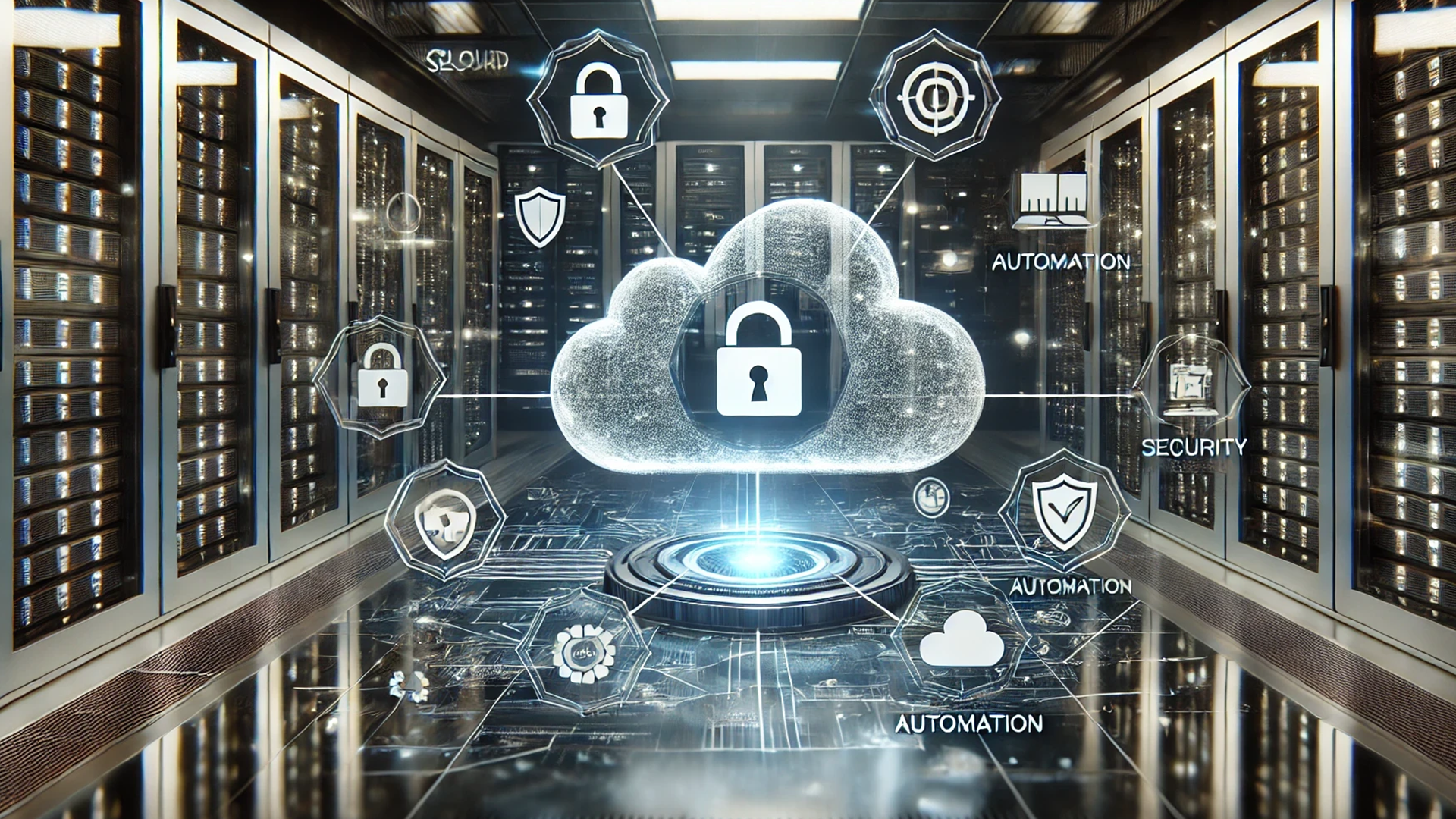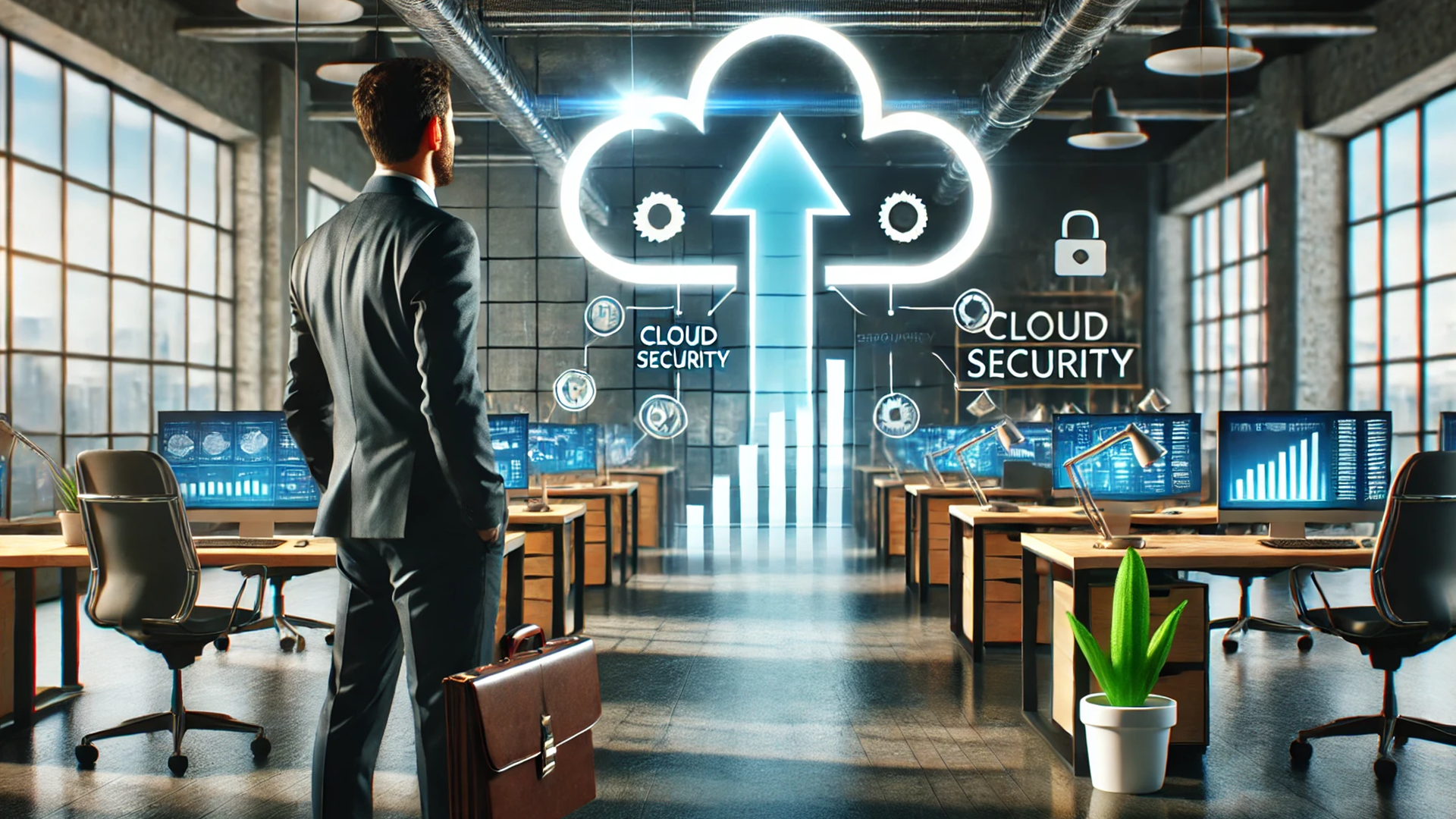
Thank you
Our team of industry domain experts combined with our guaranteed SLAs, our world class technology .


Get Immediate Help
Hey there, tech enthusiasts and business leaders! If you’ve been navigating the digital transformation journey, you know that cloud adoption is no longer just an option—it’s a necessity. But with this shift comes the critical challenge of securing your cloud environments effectively. Enter Cloud Security Automation, the game-changer for modern businesses striving to protect their data in the cloud. Today, we’re diving into what cloud security automation is, the emerging trends on the horizon, and how businesses can leverage these advancements to stay secure and competitive. Let’s get started!

Cloud Security Automation refers to the use of automated tools and processes to manage and enhance the security of cloud environments. It involves deploying technologies that can monitor, detect, and respond to security threats in real-time, without requiring manual intervention. This approach not only increases the efficiency and effectiveness of cloud security but also helps organisations scale their security measures as they grow.
Large enterprises hold the most significant cloud security market with 79%. As businesses migrate more of their operations to the cloud, the complexity and scale of managing security increase exponentially. Here’s why cloud security automation is crucial:
- Efficiency and Scalability: Automation handles repetitive and complex tasks at scale, freeing up security teams to focus on strategic activities.
- Real-Time Response: Automated systems can detect and respond to threats instantly, reducing the window of opportunity for attackers.
- Consistency and Accuracy: Automation ensures consistent application of security policies and reduces the risk of human error.
- Cost-Effective: Reducing the need for extensive manual intervention can lower operational costs and improve ROI on security investments.

Let’s take a look at the exciting advancements and anticipated changes in cloud security automation that are set to transform how businesses secure their cloud environments:
Looking ahead, several developments are set to further enhance cloud security automation, offering new opportunities and challenges for businesses:

To leverage the benefits of cloud security automation and stay ahead of emerging threats, businesses should consider the following steps:
80% of companies have experienced cloud security incidents in the last year. At Microminder Cybersecurity, we provide a comprehensive suite of services designed to help organisations leverage cloud security automation and protect their digital assets against evolving threats. Here’s how our services can support your cloud security strategy:
- Advanced Threat Detection and Response: Utilise AI and machine learning to provide real-time threat detection and automated response capabilities, ensuring early detection and mitigation of sophisticated attacks.
- Cloud Security Services: Offer secure cloud migration, multi-cloud security strategies, and continuous monitoring to protect your cloud environments comprehensively.
- Security Information and Event Management (SIEM): Integrate threat intelligence and advanced analytics to enhance threat detection and response across your cloud operations.
- Vulnerability Management Services: Automate vulnerability scanning, prioritisation, and patch management to reduce your exposure to potential security breaches.
- Cloud Encryption and Data Privacy Solutions: Implement advanced encryption technologies and automate compliance processes to protect sensitive data and maintain privacy.
- SOC as a Service: Provide 24/7 monitoring and automated threat intelligence integration to ensure robust and scalable security operations.
- Incident Response Planning and Management: Deliver automated incident detection and comprehensive response management to minimise the impact of security incidents.
- Cloud Risk Management Services: Conduct proactive risk assessments and implement automated compliance monitoring to manage and mitigate cloud security risks.
- AI and Machine Learning Integration: Enhance your security posture with predictive analytics and AI-driven automation, streamlining your security processes and improving effectiveness.
Cloud security automation is revolutionising how businesses protect their digital assets in the cloud. By leveraging the latest advancements and preparing for future developments, organisations can enhance their security posture, reduce risks, and support their growth in the digital age.
At Microminder Cybersecurity, we offer a range of services to help you navigate the future of cloud security automation. Our expert team can provide comprehensive solutions tailored to your business needs, from advanced threat detection to continuous compliance monitoring. Contact us today to learn how we can help you secure your cloud environments and stay ahead of evolving threats.
Don’t Let Cyber Attacks Ruin Your Business
Call
UK: +44 (0)20 3336 7200
KSA: +966 1351 81844
UAE: +971 454 01252
Contents
To keep up with innovation in IT & OT security, subscribe to our newsletter
Recent Posts
Penetration Testing | 10/11/2025
Cloud Security | 07/11/2025
Cybersecurity | 06/11/2025
What is cloud security automation?
Cloud security automation involves using automated tools and processes to manage and enhance the security of cloud environments. It aims to detect, respond to, and mitigate security threats in real-time without requiring extensive manual intervention.Why is cloud security automation important for businesses?
Cloud security automation is important because it: - Enhances Efficiency: Automates repetitive and complex security tasks, freeing up human resources. - Improves Response Time: Detects and responds to threats in real-time, reducing the window of vulnerability. - Reduces Human Error: Ensures consistent application of security policies, minimising the risk of mistakes.How does cloud security automation work?
Cloud security automation works by integrating automated tools with your cloud infrastructure to perform tasks such as: - Threat Detection: Monitoring cloud environments for unusual activities and potential threats. - Vulnerability Management: Scanning for and addressing security vulnerabilities. - Compliance Monitoring: Ensuring that cloud configurations comply with industry standards and regulations. - Incident Response: Automatically responding to detected threats to mitigate their impact.What are the benefits of cloud security automation?
The benefits include: - Increased Security: Continuous monitoring and automated response improve overall security posture. - Operational Efficiency: Reduces the workload on IT and security teams, allowing them to focus on strategic tasks. - Scalability: Can easily adapt to handle the security needs of expanding cloud environments.What are some common tools used in cloud security automation?
Common tools include: - Security Information and Event Management (SIEM): Collects and analyses security data in real-time. - Cloud Access Security Brokers (CASBs): Enforces security policies across cloud services. - Identity and Access Management (IAM) Solutions: Manages user access and permissions. - Automated Compliance Tools: Ensure adherence to regulatory requirements and industry standards.